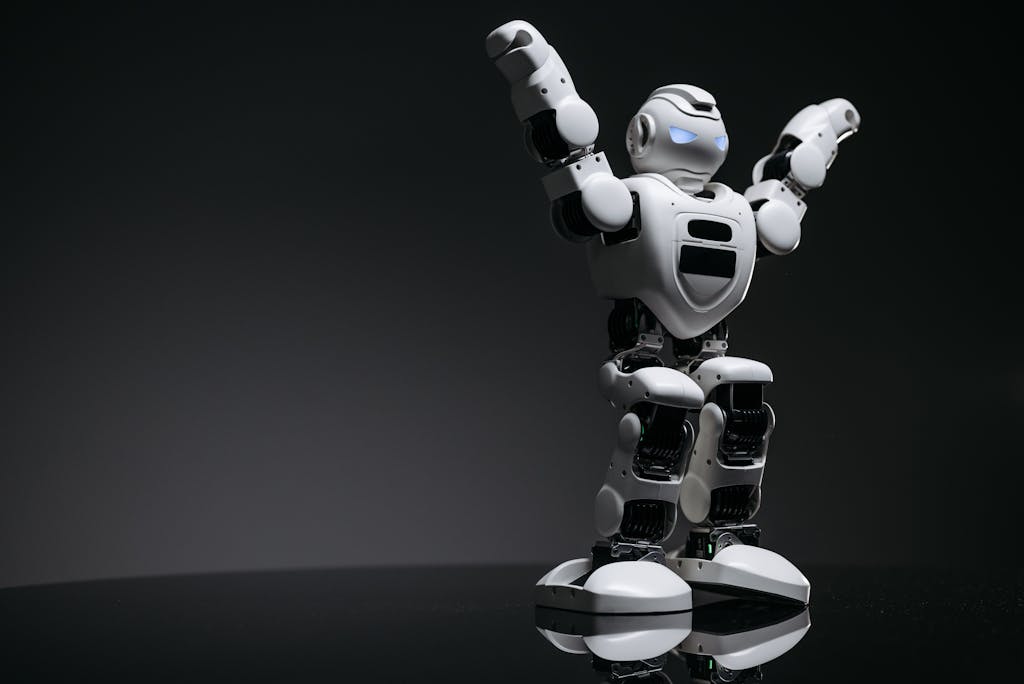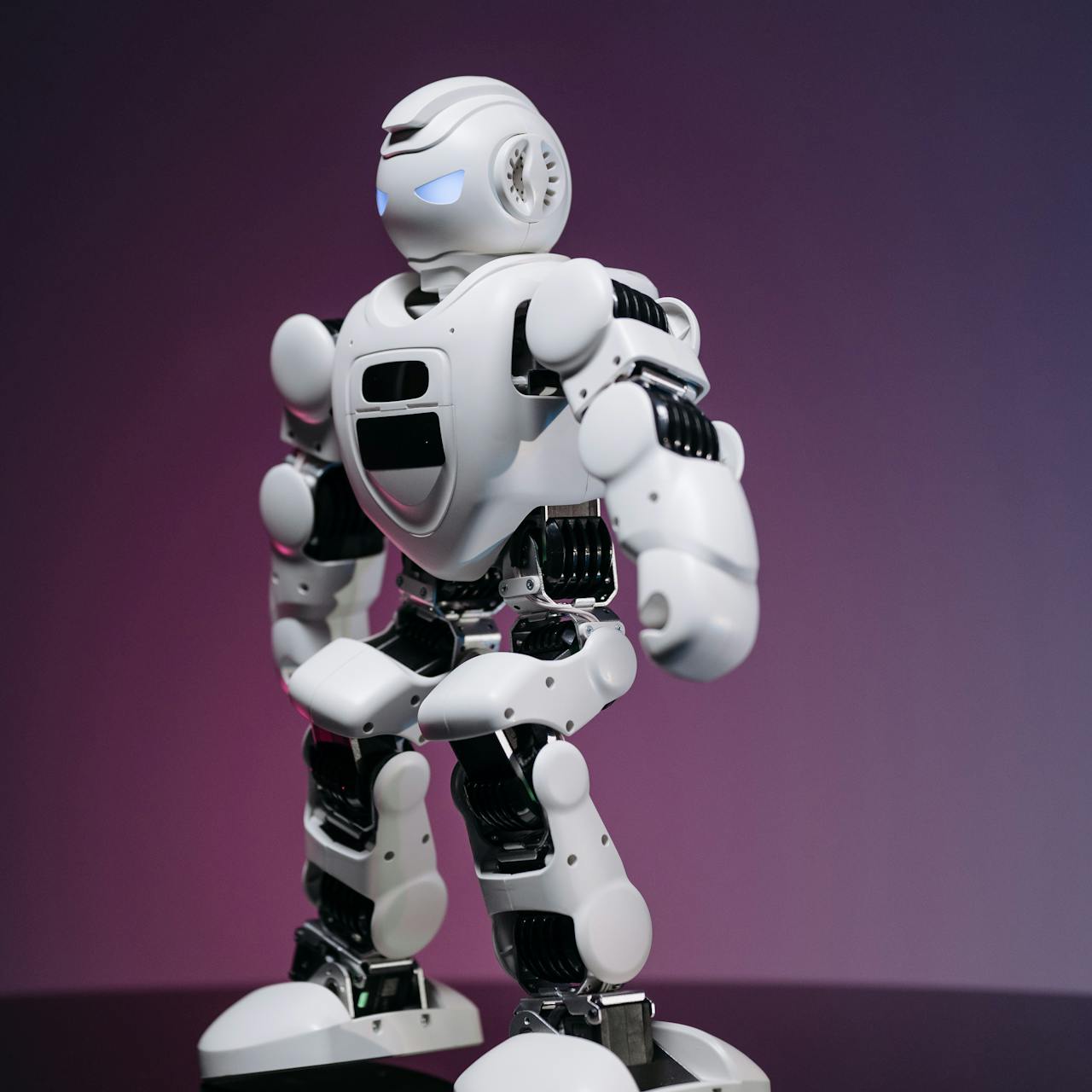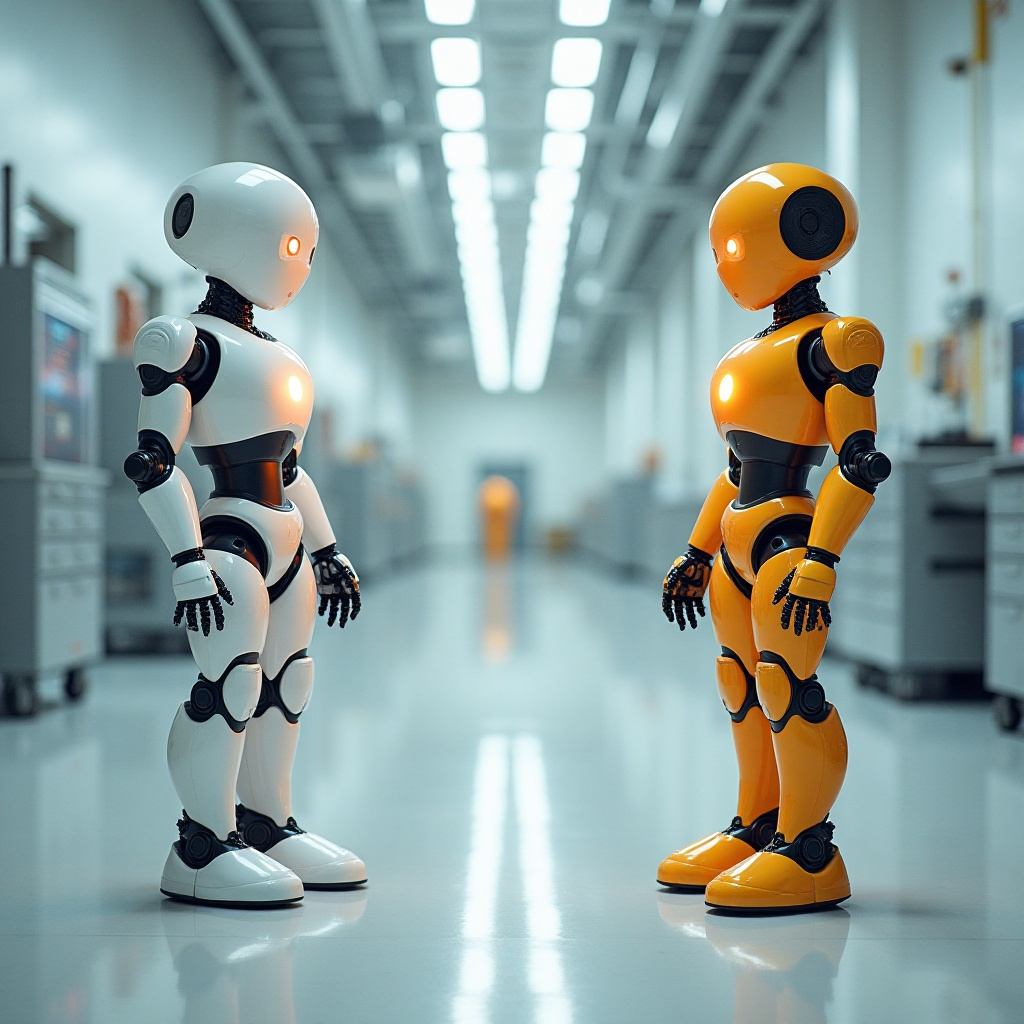The Age of Realistic AI Robotics
The journey from cold circuitry to emotionally responsive humanoid robots has accelerated in recent years, reshaping how humans engage with machines. The latest generation of AI-driven robots represents a leap not only in technical ability but in emotional connectivity. No longer limited to mechanical functions, today’s AI companions—like the Harmony Robot and Henry Robot—exhibit realistic behavior, conversational fluidity, and even a capacity to understand human emotion. This progression marks the beginning of an age where robots are not just tools but lifelike entities capable of forming meaningful relationships.
The Mechanical Roots of Humanoid Robotics
The concept of humanoid robots dates back decades, but early designs were strictly functional. These machines were programmed to follow basic instructions, with little room for improvisation or interaction. Movement was stiff, speech was robotic, and facial features were either absent or expressionless. While impressive at the time, these early creations served specific roles—mostly industrial or academic.
Yet even then, the dream persisted: machines that looked, moved, and communicated like us. That dream laid the groundwork for today's emotionally intelligent robots.
From Code to Conversation: The Rise of AI
What truly distinguishes modern humanoid robots from their predecessors is artificial intelligence. Through machine learning and natural language processing, robots are now able to carry conversations, understand nuance, and adapt their behavior in real time.
The Henry Robot, for example, can learn a user's communication style and personalize its responses accordingly. It no longer just answers questions—it asks them too, contributing to two-way, dynamic conversations that evolve over time.
Meanwhile, the Harmony Robot can respond with empathy, detect emotional shifts in speech, and mirror expressions that help build a more natural and emotionally satisfying dialogue. This transition from rigid programming to intuitive exchange is what gives today’s robots a perceived sense of “soul.”
Expressions, Movements, and Lifelike Presence
A major milestone in this evolution is the development of expressive robotics. Facial movements, eye contact, and subtle gestures now enable robots to engage more convincingly. Micro-actuators mimic the small muscles of the face, allowing for smiles, frowns, and thoughtful expressions.
The Harmony Robot, for instance, uses facial tracking to respond in real time—tilting its head, blinking naturally, or smiling in response to the mood of the conversation. This behavioral realism is further enhanced by synchronized speech and motion, helping blur the line between human and machine.
Learning to Understand: Adaptive Intelligence
One of the most powerful features of the latest AI robots is their ability to learn from interaction. Contextual memory, emotional mapping, and behavior modeling allow them to adapt to the individual over time. If you mention your favorite book or share a personal story, your Henry Robot might bring it up weeks later during a related conversation.
This long-term memory fosters familiarity and trust. It also supports deeper, more meaningful communication. The robot becomes not just a helpful assistant but a companion that evolves with you.
Ethical Evolution and Responsible Design
As robots become more lifelike, ethical design becomes essential. Developers are introducing safety features, transparency options, and user-controlled privacy settings to ensure a respectful and secure interaction.
All emotional tracking, memory storage, and adaptive learning functions are optional, and users must explicitly opt in. Data is stored securely, and clear guidelines outline how it's used. These systems are designed to complement—not replace—human relationships, and to provide support in a safe, respectful environment.
Conclusion: Where Technology Meets Humanity
The evolution of the humanoid robot has taken it far beyond its mechanical origins. Today, machines like the Henry Robot and Harmony Robot offer companionship, emotional awareness, and a growing capacity to understand us in a humanlike way. They listen, learn, respond—and in doing so, they reshape our expectations of what a robot can be.
From silicon circuits to soulful interactions, the story of modern robotics is one of convergence—between artificial intelligence and the human spirit.






